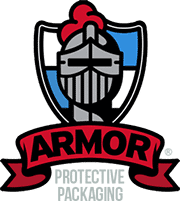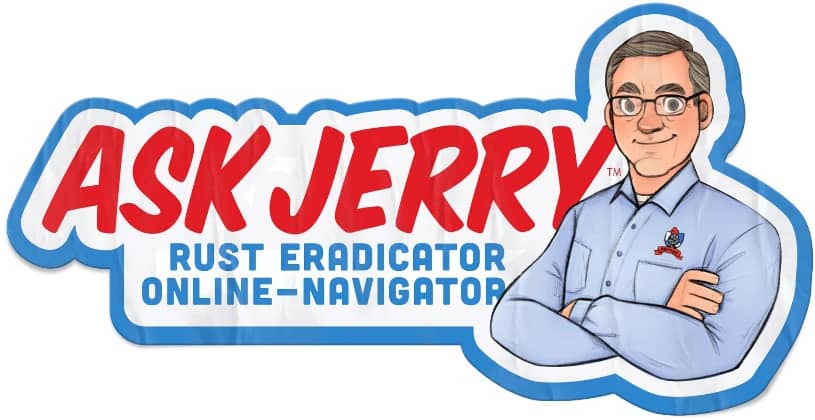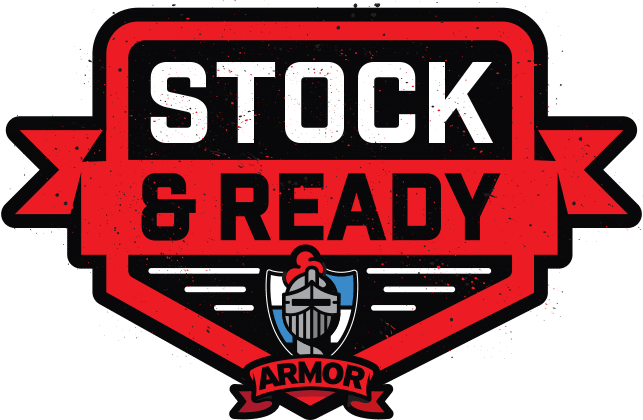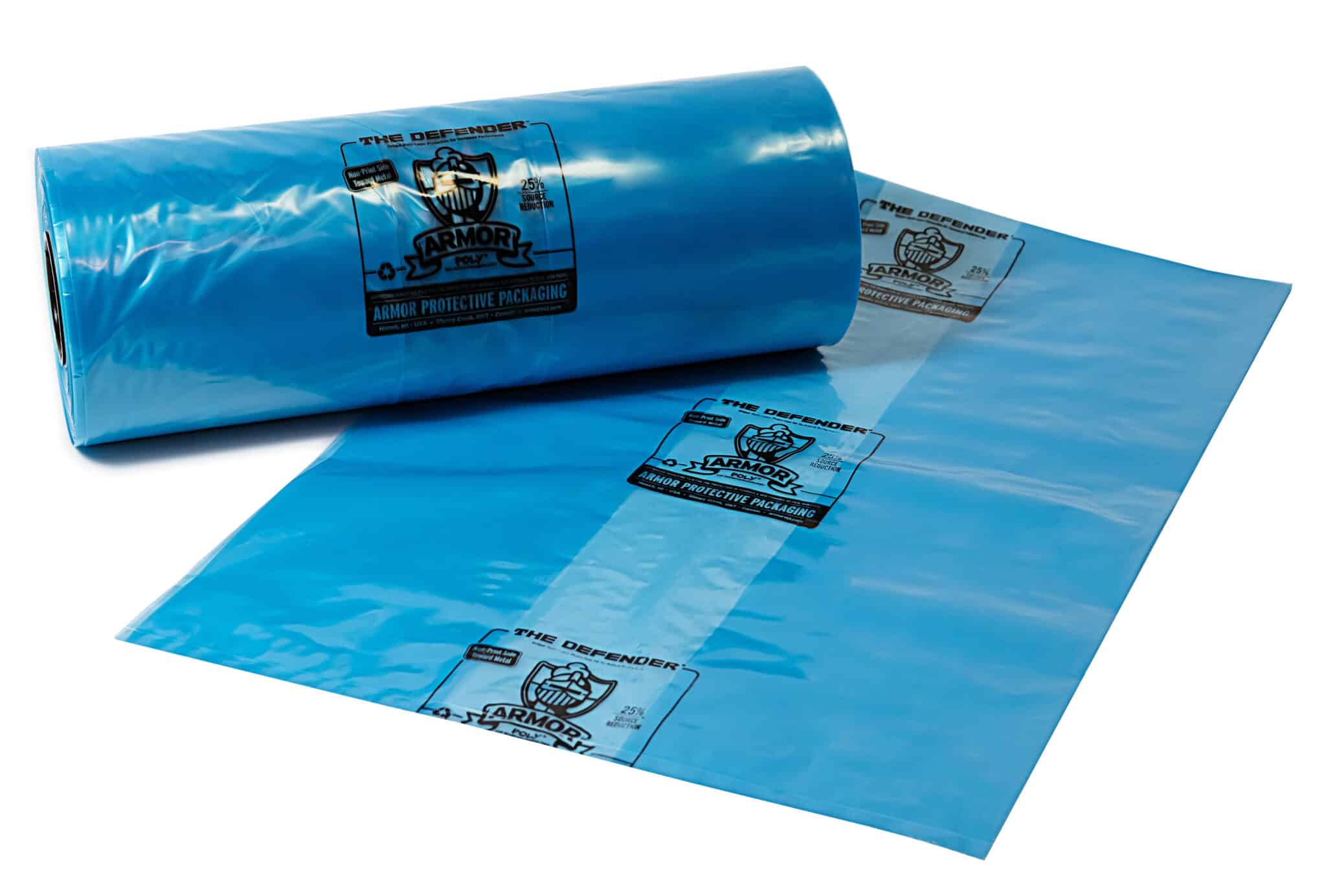Rust Can Cost You Far More Than Just Money
Rust is a destructive and expensive enemy of metal that can wreak havoc on a company in many ways — it can shut down an assembly line, cause re-work, result in customer rejections, increase scrap costs, delay production, create health and safety concerns or lead to equipment failure. In the end, companies lose billions of dollars because of it each year.
In fact, a study by NACE International (The International Association of Corrosion Engineers) cites that the direct cost of corrosion in the U.S. is $276 billion (3.1% of Gross Domestic Product) and it is safe to assume that other industrialized nations are experiencing corrosion issues of a comparable magnitude.
As a result of these challenges, the need for cost-effective rust prevention methods in metal manufacturing and fabrication companies is vital. Safeguarding metal-based products from rust and corrosion while they are in-process, in storage, or in shipment and transport not only protects the metal, it also protects the bottom line.
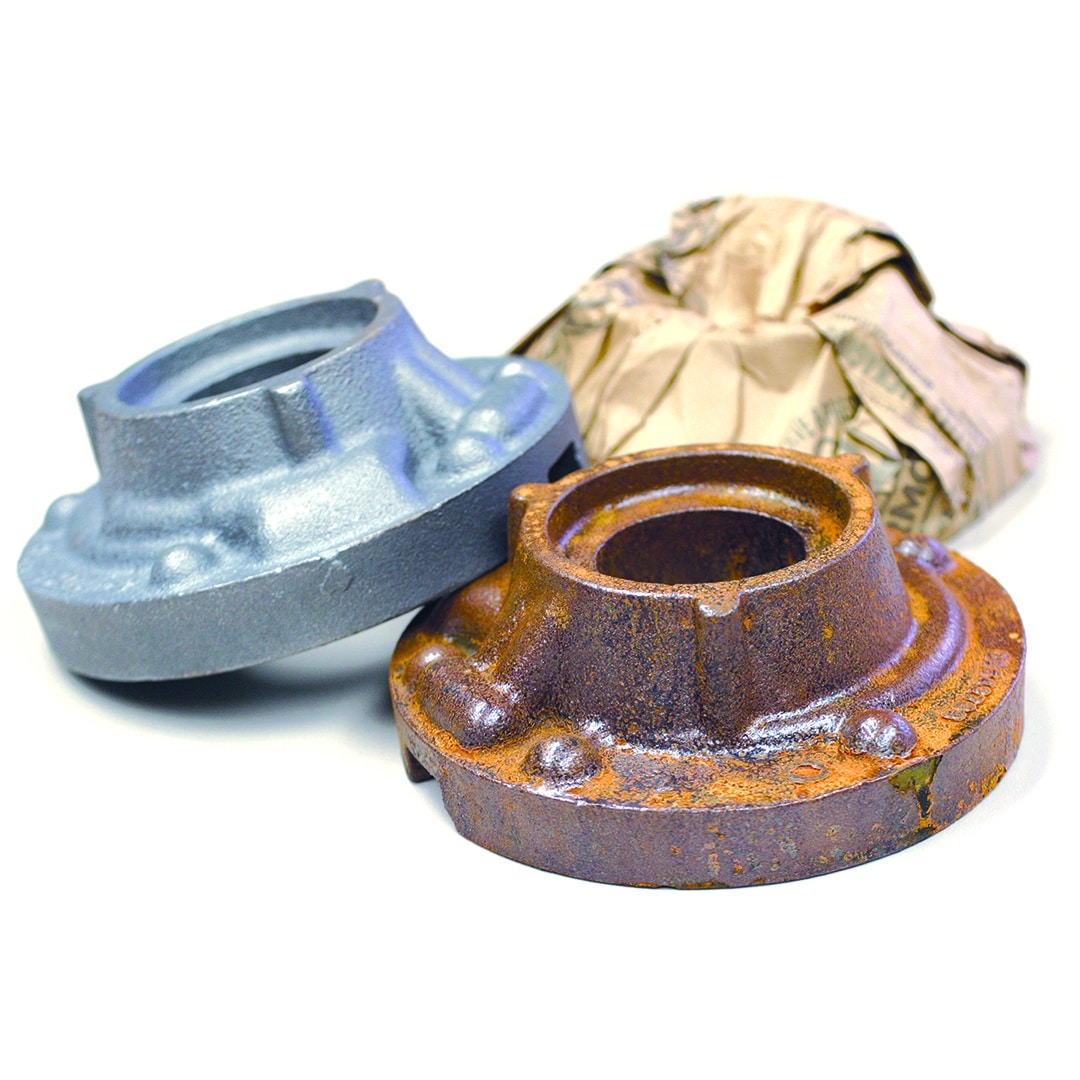
Rust is a costly side effect for any company who deals with metal or metal parts. Many rust-related expenses are easy to identify — the cost of materials to re-work metal parts, increased scrap costs, equipment failure and repair, payment for return shipping of rejected product. While others, such as loss of customers, opportunity costs, or a tarnished reputation, are not so obvious but can be just as damaging — if not more.
Many companies don’t really know how much rust is costing them. There are several factors that contribute to the cost of corrosion and rust or put another way, the cost of quality. When a corrosion problem occurs, the following factors are present:
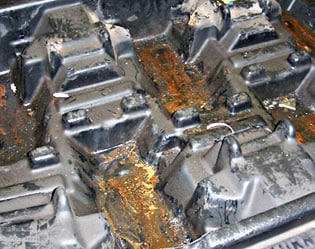
Labor costs
- Communication of rust complaint by customer service, sales and operations.
- Meetings held with engineering, quality, customer service, and production to determine root cause, re-work or scrap plans, scheduling of additional parts or re-work and communication back to the customer on action plans and resolution.
- Inspection of materials to determine the disposition.
- Re-work of the materials to remove the rust.
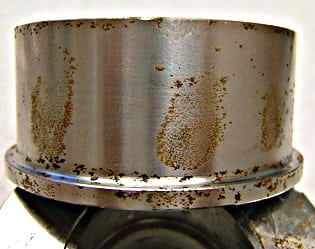
Shipping/Receiving costs
- The manufacturer incurs costs of shipping the rejected product back to their facility as well as costs to ship product back out once de-rusted or for new product.
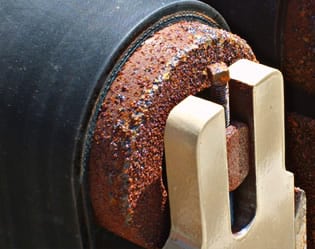
Material costs
- There are significant costs in materials needed to either de-rust the metals or in the materials to produce new product.
- Additional packaging costs to re-ship the materials to the customer.
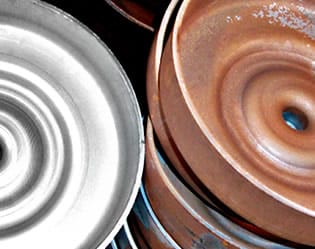
Opportunity costs
- A rare consideration is the lost opportunity costs incurred that limits the ability of the manufacturer to produce parts for other customers during this crisis.
- Additionally, the lost opportunity costs for operations or engineering to work on new projects.
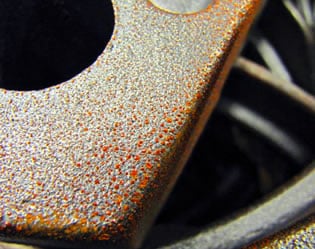
Reputation costs
- Perhaps the largest cost is the damage to your company’s reputation.
- The entire company and brand suffers from a rust issue in regards to trust, reputation and in the confidence of the customer in your company’s abilities to service them.
Fortunately for our customers, ARMOR has 40+ years of experience in rust prevention and rust removal. We believe that rust prevention should be clean, safe and easy-to-use and we hang our hat on the use of vapor corrosion inhibitors (VCI) or what we call ARMOR VCI Nanotechnology® to make it happen. We combine our VCI with materials such as paper and poly film to create packaging supplies that protect metal and metal parts from rust and corrosion. The result? ARMOR saves you time, money and effort and we don’t just protect your metal parts; we protect your reputation and that is priceless.
EXPERIENCING RUST PROBLEMS?
Contact an ARMOR corrosion specialist to schedule a visit for a corrosion audit.
